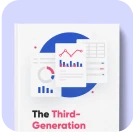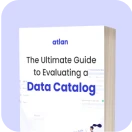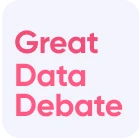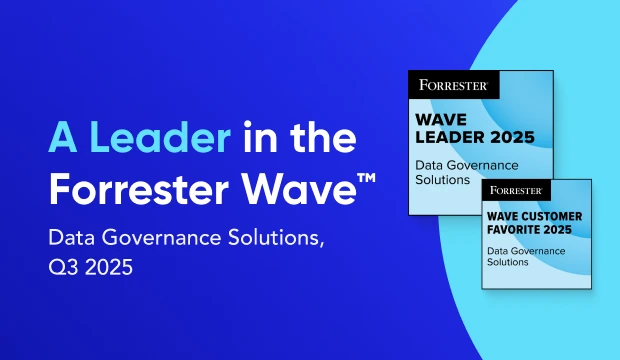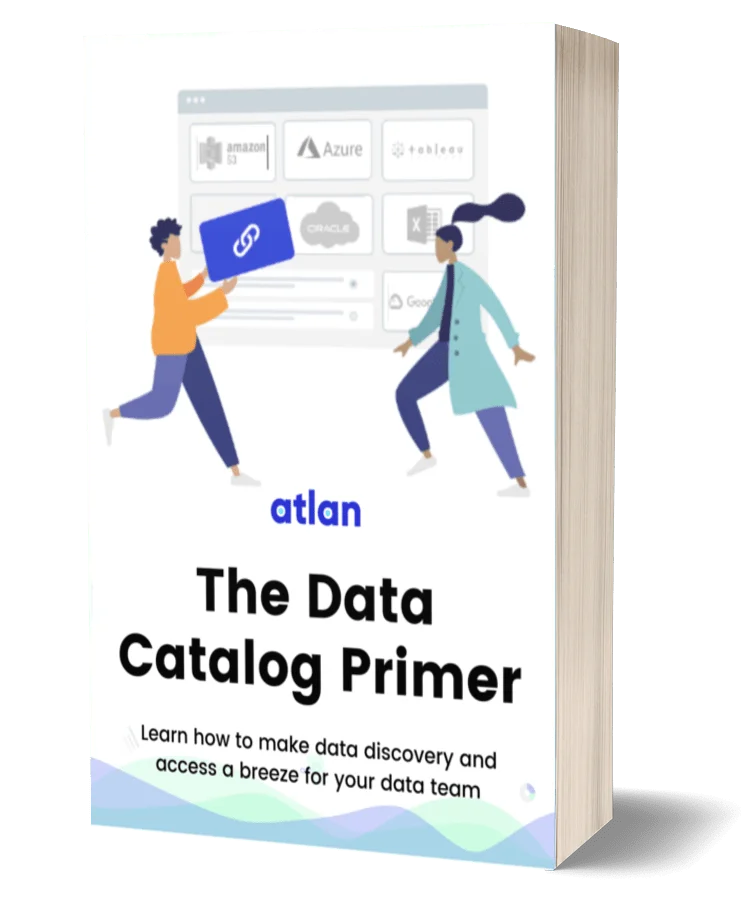Reverse ETL Use Cases: 3 Primary Applications to Consider

Share this article
The three primary reverse ETL use cases include: #
- Operational analytics
- Data automation
- Supporting the data infrastructure
Before we delve deeper into each of these, let’s do a quick review of the concept:
Reverse ETL (Extract, Transform, Load) is a data pipeline that lets you integrate the data in your data warehouses or lakes with business systems. Reverse ETL is essential to operationalize analytics by making it useful for business applications, in real-time.
Data-driven organizations invest heavily in setting up the modern data stack and employing analytics to get value from data, but they may often find it difficult to exhibit the business value of these investments.
Reverse ETL can bridge this gap. Here’s how.
Let’s say the sales team of a product company wants to run a campaign that upsells new add-ons to new customers.
The data on new customers and product usage get stored in separate data stores. Meanwhile, the sales team uses a CRM to run its campaigns. The engineering team must build API connectors manually to push the data from the data stores into the CRM. Such a process is time-consuming and requires continuous maintenance.
With reverse ETL being employed, the information from the data stores goes into business applications like CRMs in real-time. So, the sales team can access it to build targeted campaigns that convert better.
That’s just one application. Let’s explore more reverse ETL use cases.
3 primary reverse ETL use cases #
1. Enabling operational analytics to build personalized user experiences #
According to a new Wakefield Research report, the average data engineer spends almost 50% of their time maintaining data pipelines. In terms of costs, this translates to upwards of USD 500 million each year.
Reverse ETL can reduce this technical debt and help you access the right information on the fly. Here’s an example.
The sales team for a product wants to know about the high-value accounts most likely to convert — high-value product qualified leads. Without reverse ETL, this would involve the sales manager reaching out to the data team. Next, an analyst uses the attributes defining high-value leads to calculate lead scores and present this data as a BI report.
The process could take weeks and may not get updated once numbers change. Moreover, the final format might require the sales manager to undergo some formal training in using the BI report and extracting value from it.
With reverse ETL, the analyst could run the analytics algorithms to automatically feed the lead scores directly to a business application like CRM, which the sales manager is familiar with and uses every day. Armed with the right business insights from analytics, the sales manager can personalize campaigns targeting high-value prospects and increase the overall conversion rate.
2. Facilitating data automation to sync warehouse data with business applications #
In any organization, there are several ad-hoc plus recurring data requests almost every day, such as:
- The customer support team reaches out to know which accounts or individuals availing of premium support.
- The product team wants a list of customers who have enabled the latest product features on their mobile applications.
- The marketing team is looking for data on customer buying power and purchase history added to target profiles.
Without reverse ETL, the data team handles these requests and spends considerable time and resources setting them up.
With Reverse ETL, they can set up an automated workflow that gathers the required data sitting in the data warehouse and sends it back to the respective business applications.
3. Supporting the data infrastructure to promote data access across sources #
As mentioned earlier, reverse ETL is becoming a part of the modern data stack to solve the last-mile problem. As a result, it’s essential to the data infrastructure and plays a role in enabling equitable access to disparate data sources.
Let’s consider the example of a B2B SaaS company offering a line of credit to its new customers. The customers would want to see their eligibility and approved credit amount on the web app. The sales team maintains this information on their CRM.
Why is reverse ETL so important to the modern data stack? #
According to an IDC report from 2020, 68% or two-thirds of all captured data goes untapped. The report highlights that unused enterprise data is of little value in a world where every business is a data business.
For example, while the warehouse might have essential information like business metrics available in real-time, CRMs update with a lag of a few days — due to the time taken to move data from the warehouse to the CRM tool.
This disconnect slows down decision-making, leads to data inconsistency, and reduces credibility as there are multiple versions of the same data point. By the time, business teams get to act on data - an updated version of it already exists within the data platform.
Reverse ETL can eliminate these issues and help you drive action using data. Here’s how Astasia Myers, the author of “Reverse ETL — A Primer”, explains the value of reverse ETL in marketing and sales:
“Pushing data to Salesforce from the data warehouse means you can have an up-to-date list of high lifetime value customers or customers that spend more than $500/month. Mirroring product usage data in Intercom can help improve customer interactions by supporting personalized messages that include product metrics.”
So, if you want analytics-driven decisions, you cannot overlook the importance of reverse ETL pipelines in your modern data stack.
Reverse ETL and the operational data warehouse #
Reverse ETL is a process that enables the usage of the data warehouse for more than just analytics. Valuable rich data collected in the data warehouse can actually be served to decision-making systems and people - exactly when it matters.
Here’s a panel session from DBT Coalesce 2021 that dived right into that topic with both service providers and data leaders sharing their insights into how they envision reverse ETL and the kind of use cases they’re already powering or hope to power using the process.
Reverse ETL: Related reads #
- What is reverse ETL and how does it enhance the modern data stack?
- Reverse ETL vs. CDP: What’s the difference?
- Data transformation: Definition, processes, and use cases
- ETL vs. ELT: Exploring definitions, origins, strengths, and weaknesses
- The future of the modern data stack in 2023
- Modern data culture: The open secret to great data teams
Photo by Manfred Legasto Francisco from Pexels
Share this article


